Nagpur Local
-
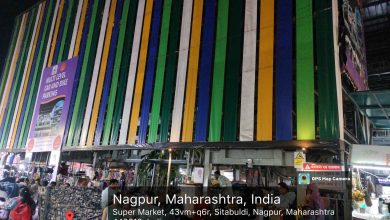
After Hawkers Gone, Rs5Cr Multi-Level Parking in Sitabuldi Opens for Public
Sitabuldi multi-level parking: Welcome to the new chapter of Sitabuldi’s urban transformation! If you’ve ever struggled to find a parking…
Read More » -
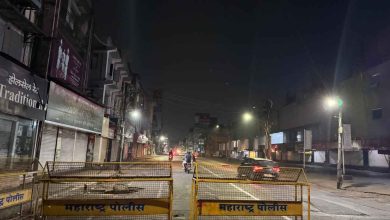
Sitabuldi Shopkeepers Get Relief as Traffic Cops Notify Parking Spaces
Sitabuldi parking rules: Sitabuldi, one of the most vibrant commercial hubs of Nagpur, has long been grappling with unregulated parking…
Read More » -
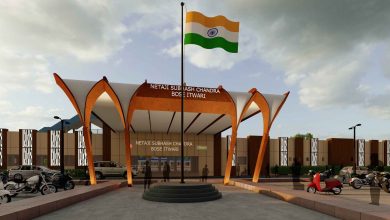
PM to Inaugurate New-Look Itwari Railway Station Tomorrow
New Itwari railway station : Big things are happening in Nagpur! Tomorrow, Prime Minister Narendra Modi is set to virtually…
Read More » -
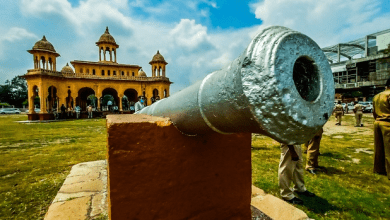
Kasturchand Park Restoration Nagpur Nears Completion
Kasturchand Park Restoration Nagpur | Nagpur’s iconic Kasturchand Park (KP) is not just a piece of land; it’s a living…
Read More » -
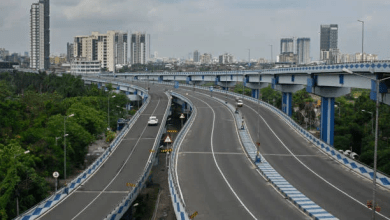
Nagpur’s Koradi Naka to Get Y-Shaped Flyover to Ease Traffic and Improve Safety
Koradi Naka Flyover Project: Nagpur is on the move—literally! If you’ve ever found yourself stuck in the relentless traffic at…
Read More » -
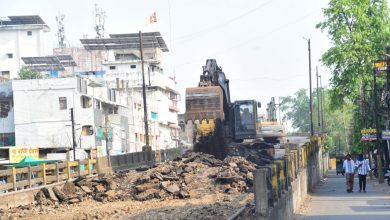
Pachpaoli Flyover Demolition Halted: NHAI Awaits Railway Nod
Pachpaoli Flyover Demolition Update: The bustling city of Nagpur has found itself at a crossroads — quite literally — as…
Read More » -
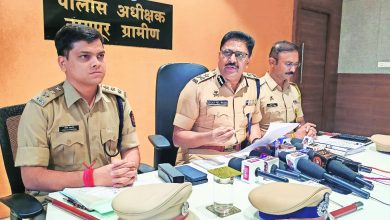
Nagpur Rural SP Office Stands 2nd in State: A Model of Modern Governance
Have you ever heard of a police office becoming a benchmark for governance, technology, and transparency? Well, Nagpur Rural SP…
Read More » -

Minor Fire Disrupts Services at Rahate Colony Metro Station
Rahate Colony Metro Station: On a regular Friday morning in Nagpur, commuters faced an unexpected disruption at the Rahate Colony…
Read More » -

Sky Debris: Huge Metal Object Falls on House Terrace in Nagpur District
Sky Debris Nagpur Incident: Imagine waking up to a loud crash, only to find a mysterious metal object on your…
Read More » -
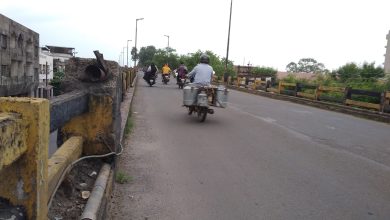
NHAI Gets NOCs to Begin Pachpaoli Flyover Demolition
Pachpaoli Flyover Demolition NHAI: The National Highway Authority of India (NHAI) has taken a monumental step forward with the long-anticipated…
Read More »

